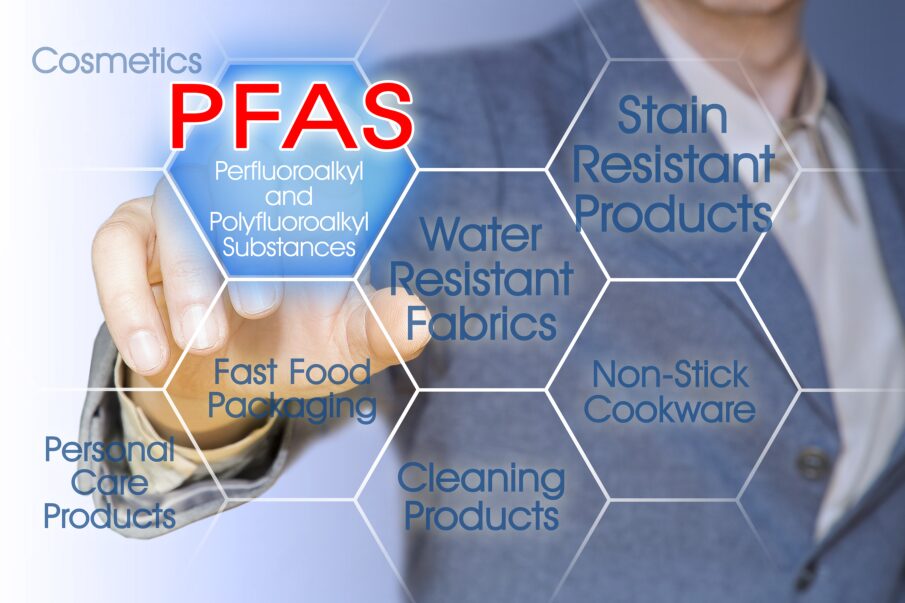More than $3 billion has been spent by the states to eliminate those harmful “forever chemicals” known as PFAS. Thirty-four states have considered 302 policies to protect people from the toxins, with 144 adopted in 28 states. Eleven states (ME, MA, MI, NH, NJ, NY, PA, RI, VT, WA, and WI) have standards such as Maximum Contaminant Levels (MCLs) for certain PFAS in drinking water.
Maine has an interim standard that is in effect and enforceable while they go through rulemaking to establish final PFAS MCLs. Delaware and Virginia have also begun establishing standards for certain PFAS. Twelve additional states (AK, CA, CT, CO, HI, IL, MD, MN, NC, NM, OH, and OR) have adopted guidance, health advisory, or notification levels for certain PFAS chemicals.

Maine has recently updated and expanded its fish consumption advisories as part of that state’s broader work to limit its resident’s exposure to PFAS. The Maine Center for Disease Control and Prevention (Maine CDC) has made the changes in its freshwater fish consumption advisories following ongoing PFAS testing of water bodies across the state. Testing of fish in these locations found levels of per- and polyfluoroalkyl substances, known as PFAS, above Maine CDC’s recommended levels for regular consumption.
Based on the results of those tests, the Maine CDC now recommends limiting consumption of all fish or certain fish from the seven waterbodies listed below. Three advisories are expansions of those issued last year, and fo.
















